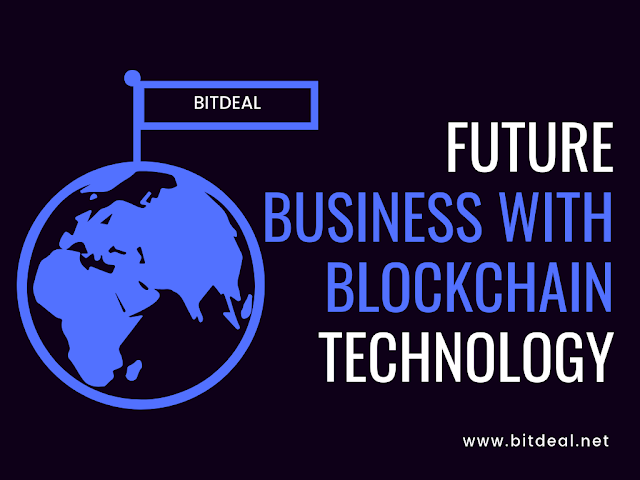Blockchain Technology In Railway Industry
Use Cases of Blockchain in Railway
Here is the list of blockchain use cases in railway
Can Implement Loyalty Schemes / Reward Points
If blockchain is implemented in railway networks, then the passenger can collect reward points each time they purchase a ticket. The redemption of these reward points will be written under some defined policies. The claimed rewards points can be used for acquiring other services like cab facilities after train travel.
Can Improve Identity Management
As blockchain brings more data transparency inside the system, it brings easy management of passenger identities, hence the passenger doesn’t need to carry any proof during travel, as everything recorded online with blockchain.
Predictive Maintenance
Since every train is connected with thousands of technical and electrical parts, Train maintenance is very important for a safe journey, but it is a highly complicated one. Every train has to maintained properly after reaching a particular mileage or if any deterioration occurs on a particular part. Finding the damages and inefficiencies of trains parts with the manual audit will be more complicated. So, blockchain with IoT connected sensors and devices will bring modern maintenance, whereas every individual part of a train is registered under blockchain.
Decentralization on Train Operations
The current signal processing inside railway networks are handled by centralized systems. So, there may rise unexpected challenges like system failures, Communication loss, Manual error, driver’s death, ad-hoc traffic diversion, collisions, and derailments. To prevent these railway networks deploy some safety frameworks but they have some disadvantages like cost, manpower and inter-operability issues. But with blockchain, we can overcome all the issues and can bring a modular railway transportation system by entirely decentralizing the whole rail networks.This integrated decentralized system can perform below things,
- Wayfinding
- Booking
- Switch setting to correct position
- Interaction with other nearby trains or vehicle through sensors
- Algorithm-based speed control
- Automated brake system
- Decentralized GPS Tracking
Automated Billing
With blockchain, the allocation of railway infrastructure rights and its payments would happen instantly. Every interaction like ticket booking to subcontractor payment will be driven replicated in a trusted ledger.



Comments
Post a Comment